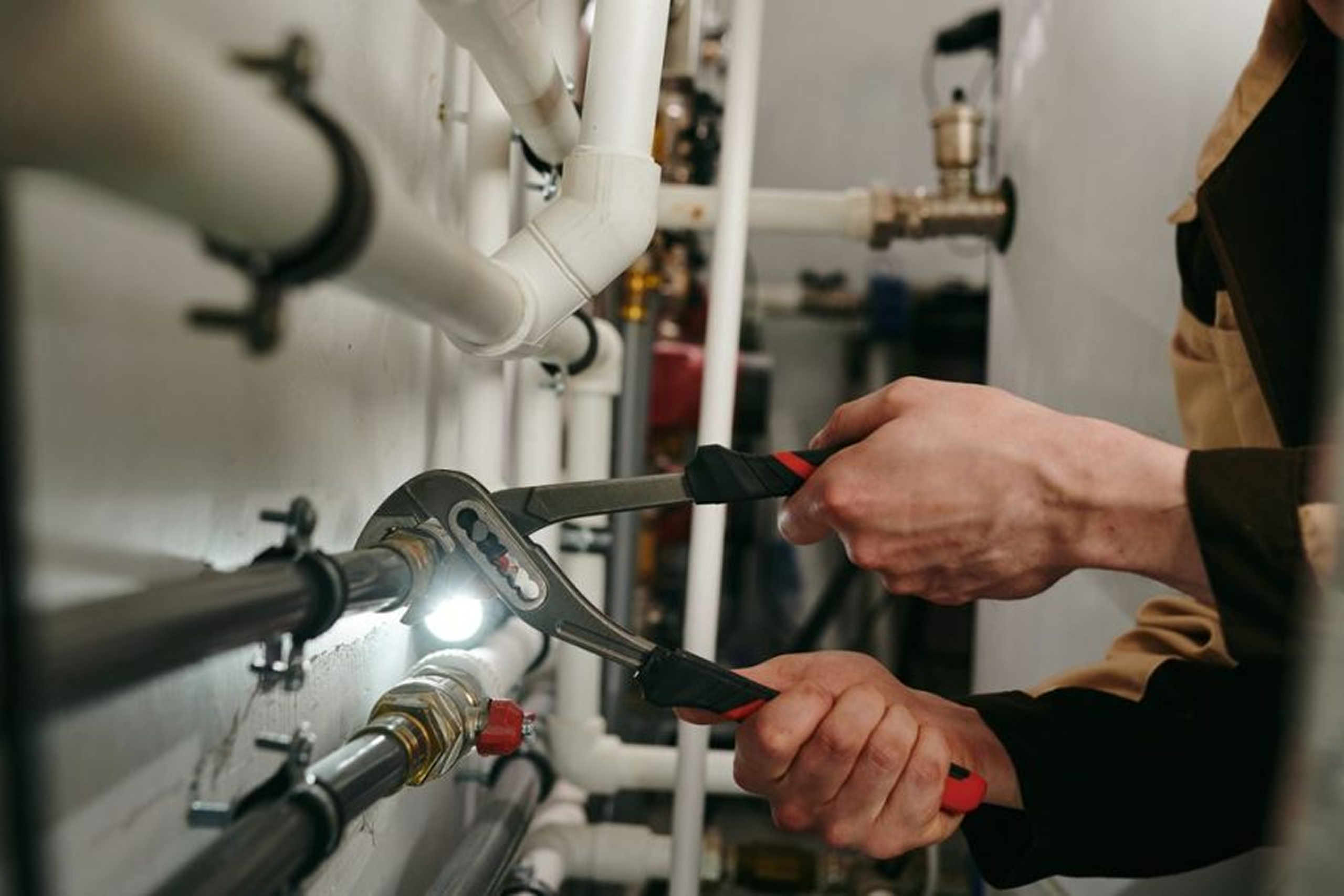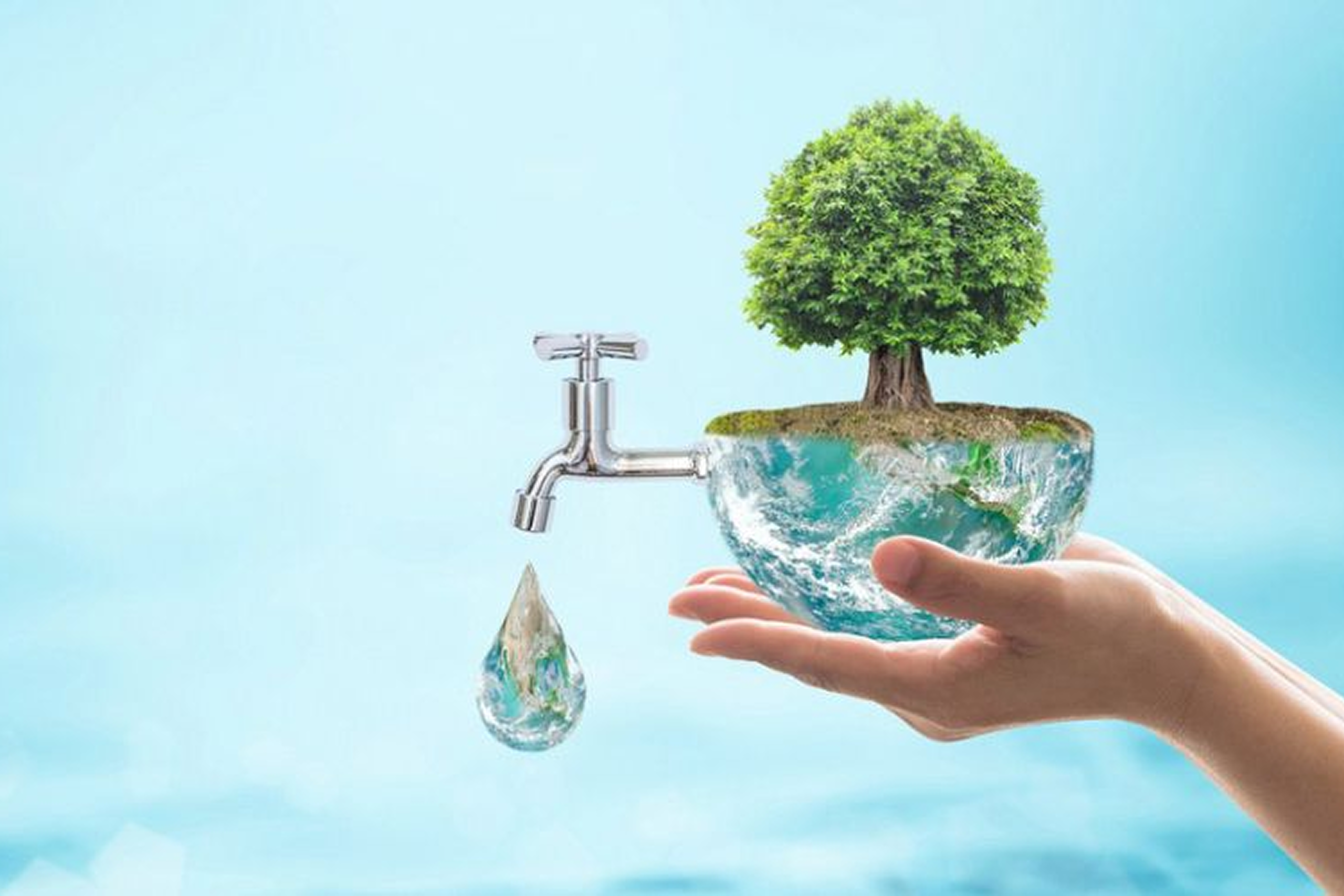Eco-Friendly Plumbing Upgrades: Why They Matter
When most homeowners think about making their homes greener, plumbing isn’t always the first place they look. Yet water and energy use are closely linked, and inefficient plumbing systems can waste thousands of gallons of water and significantly increase utility bills.
Eco-friendly plumbing upgrades don’t just reduce environmental impact — they also make homes more efficient, comfortable, and cost-effective. From low-flow fixtures to smart water monitoring systems, sustainable plumbing technology has advanced rapidly in recent years, offering practical solutions for everyday living. At Elec and Heat, we’re dedicated to helping homeowners save water and energy through Eco-friendly plumbing upgrades
If you’re considering making your home more sustainable, plumbing is the perfect place to start.
The Benefits of Eco-Friendly Plumbing Upgrades
Before diving into specific upgrades, it’s important to understand why these improvements matter.
Save water – A typical household can waste up to 10,000 gallons annually from leaks alone. Eco-friendly upgrades reduce waste dramatically.
Lower energy bills – Heating water accounts for nearly 20% of household energy use. Using less hot water means saving money.
Improve comfort and convenience – Many eco-friendly fixtures provide the same (or better) performance as older models.
Boost property value – Sustainability is a growing priority for homebuyers. Eco-friendly plumbing upgrades make your home more attractive on the market.
Protect the environment – Using fewer resources reduces strain on municipal systems and conserves natural water sources.

Eco-Friendly Plumbing Upgrades Every Home Should Consider
Low-Flow Showerheads and Faucets
One of the simplest and most effective upgrades is replacing traditional showerheads and faucets with low-flow models. Modern designs use air pressure to maintain strong water flow while using significantly less water.
Standard showerheads: ~2.5 gallons per minute
Low-flow showerheads: ~1.5 gallons per minute
Over time, this small change can save thousands of gallons of water without sacrificing comfort.
Dual-Flush Toilets
Traditional toilets use 3–5 gallons per flush. In contrast, dual-flush toilets offer two options: one for liquid waste (using about 0.8 gallons) and one for solid waste (around 1.6 gallons). This flexibility reduces water consumption dramatically.
For an even more eco-friendly plumbing upgrade, consider toilets with pressure-assisted flushing systems, which use air to move water more efficiently.
Tankless Water Heaters
Conventional water heaters store and heat large amounts of water, using energy even when hot water isn’t needed. Tankless systems heat water on demand, reducing energy use by up to 30%.
While the upfront cost is higher, tankless heaters last longer and lower energy bills significantly, making them a smart investment.
Greywater Recycling Systems
Greywater systems reuse lightly used water from sinks, showers, and washing machines for irrigation and toilet flushing. By repurposing water that would otherwise go down the drain, households can cut their fresh water use by as much as 40%.
Rainwater Harvesting Systems
Collecting rainwater is an ancient practice that’s making a comeback. Modern systems include rooftop collection, storage tanks, and filters. Harvested water can be used for landscaping, outdoor cleaning, or even indoor non-potable uses with proper treatment.
Smart Leak Detection Devices
Leaks waste both water and money, but many go unnoticed until major damage occurs. Smart leak detection systems monitor water flow and send alerts if irregularities are detected. Some even shut off water automatically to prevent flooding.
Pipe Insulation
While not the most glamorous upgrade, insulating your hot water pipes prevents heat loss, meaning water stays hotter for longer. This reduces the need to run taps waiting for warm water and saves energy.
Water-Saving Appliances
Appliances like dishwashers and washing machines now come in water-efficient models. ENERGY STAR® certified appliances use advanced technology to clean effectively while conserving resources.

Eco-Friendly Materials in Plumbing
It’s not just about fixtures — the materials used in plumbing also impact sustainability.
PEX (cross-linked polyethylene) – Flexible, durable, and resistant to scale buildup, PEX is more eco-friendly to manufacture than copper.
Recycled copper – When copper is used, recycled sources reduce environmental strain.
Stainless steel – Corrosion-resistant and long-lasting, stainless steel pipes can often be recycled at the end of their lifespan.
Choosing sustainable materials ensures your eco-friendly plumbing upgrades last longer and have a reduced carbon footprint.
The Long-Term Savings of Eco-Friendly Plumbing
While some eco-friendly plumbing upgrades require an initial investment, the long-term savings often outweigh the costs. For example:
Switching to low-flow fixtures can save over 2,000 gallons of water per person each year.
A tankless water heater may reduce energy bills by $100–$200 annually.
Smart leak detectors can prevent thousands in water damage repairs.
Over the course of a decade, these savings add up to thousands of dollars, making eco-friendly upgrades financially rewarding as well as environmentally beneficial.
Eco-Friendly Plumbing Upgrades for Businesses
Sustainability isn’t just for homeowners. Businesses also benefit from eco-friendly plumbing solutions. Commercial restrooms, for example, often account for massive water use. Installing motion-sensor taps, waterless urinals, and efficient heating systems can dramatically cut operating costs.
Additionally, eco-friendly plumbing upgrades help businesses build their reputation as environmentally responsible, which increasingly influences consumer decisions.
Preventing Problems Through Regular Maintenance
Even the most advanced eco-friendly plumbing upgrades won’t work effectively without proper care. Regular inspections, leak detection, and seasonal maintenance keep systems running smoothly.
Simple habits such as fixing drips quickly, cleaning aerators, and checking toilet flappers can prevent unnecessary water waste. Preventive care is one of the most eco-friendly steps homeowners can take.
The Long-Term Value of Eco-Friendly Plumbing Upgrades
One of the biggest misconceptions about eco-friendly plumbing upgrades is that they are expensive “extras” rather than smart investments. While some sustainable products, like tankless water heaters or water recycling systems, may have a higher upfront cost, they almost always pay for themselves over time. Lower monthly utility bills, reduced repair costs from wear and tear, and even government incentives can all add up to significant savings.
Another important factor is property value. More homebuyers today are looking for sustainable features when purchasing a house. Adding eco-friendly plumbing upgrades such as low-flow toilets, dual-flush systems, or rainwater harvesting tanks can make your home stand out in a competitive housing market.
In addition, these upgrades improve everyday comfort. Showers with modern water-saving technology deliver a strong, enjoyable flow while using less water, and appliances designed for efficiency often run quieter and more reliably. It’s not just about helping the planet — it’s about enhancing your lifestyle in a way that feels seamless.
Finally, eco-friendly plumbing is about future-proofing. Water scarcity and energy efficiency are becoming major concerns worldwide, and governments are likely to introduce stricter efficiency regulations in the coming years. By making the switch now, you’re ensuring your home is prepared for the future rather than scrambling to catch up later.

Eco-Friendly Plumbing and the Future
As technology advances, eco-friendly plumbing upgrades are becoming even more innovative. Smart home systems now allow users to monitor and control water usage from their phones, while new filtration systems make recycled water safe for more uses.
Governments are also increasingly offering rebates and incentives for homeowners who install eco-friendly fixtures. These initiatives make sustainability not only a personal choice but also a community priority.
Frequently Asked Questions
Are eco-friendly plumbing upgrades expensive?
While some have upfront costs, most pay for themselves through reduced utility bills and rebates.
Can I install eco-friendly plumbing upgrades myself?
Some, like low-flow fixtures, are DIY-friendly. Others, such as greywater systems, require professional installation.
What is the most cost-effective eco-friendly plumbing upgrade?
Low-flow showerheads and faucet aerators are inexpensive and offer immediate savings.
How much water can I save with eco-friendly plumbing upgrades?
Depending on your household, savings can range from 25% to 50% of your water use.
Conclusion
Eco-friendly plumbing upgrades are more than just a trend — they’re a smart investment in your home, your wallet, and the planet. Whether it’s replacing old fixtures, installing advanced systems, or choosing sustainable materials, every step toward efficiency makes a difference.
By making eco-friendly plumbing upgrades, you contribute to a future where water and energy are used more wisely. It’s a change that pays off now and for generations to come.








